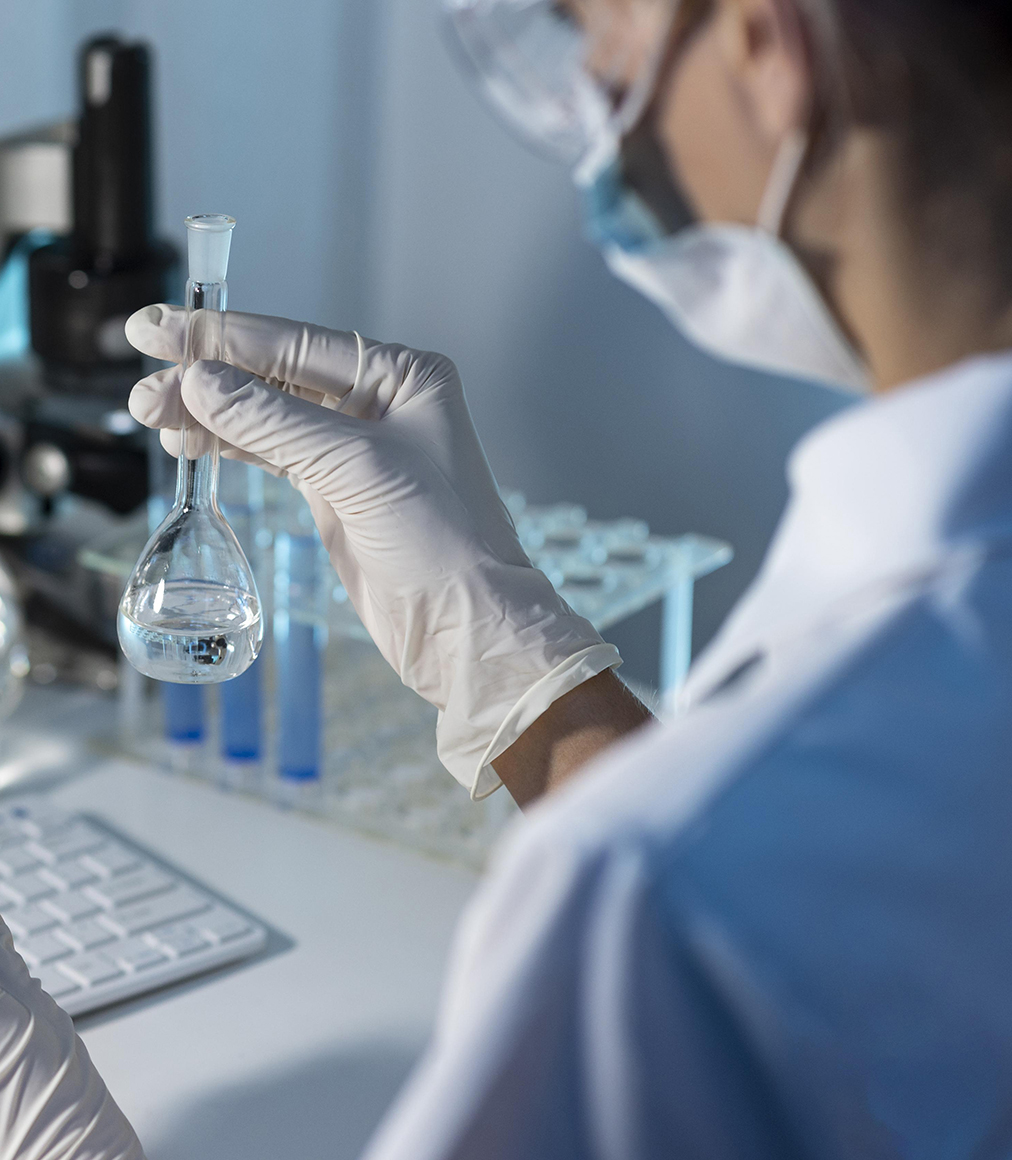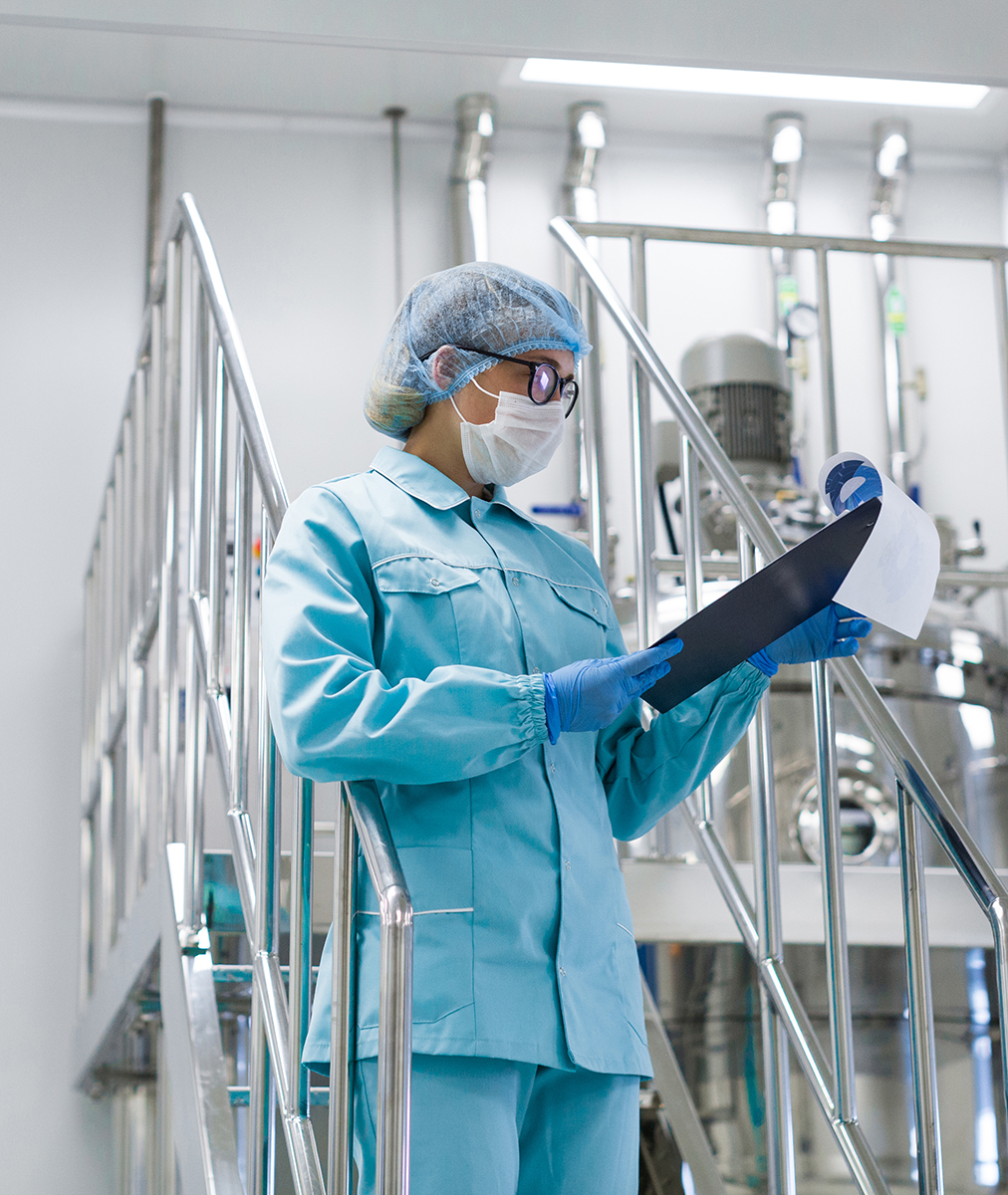Medical disinfectants
Medical disinfectants and hospitals – two terms that are inseparably linked in the public’s perception.
Outside of medical facilities (medical and dental practices, hospitals, retirement and nursing homes, etc.), where else is there a greater need for high-quality medical disinfectants? Indeed, ever since the discovery of antiseptics (Lister 1867), disinfectants have become indispensable in modern medicine.
Medical disinfectants
When Sir Joseph Lister first used phenol in the 1860s to disinfect surgical materials at his hospital, he had no idea that the use of medical disinfectants would revolutionise medicine. Through the use of carbolic acid, which had previously been used successfully as a disinfectant in the wastewater sector, he managed to reduce the infection rate among his patients from 50 to 15 per cent.
Some years earlier, Ignatz Semmelweis had discovered the importance of hand disinfection in hospitals using chlorinated lime solution as a disinfectant. However, he was strongly opposed by his medical colleagues, who dismissed his theories about microorganisms and the impact of unwashed hands on patients‘ health and survival rates as absurd. After all, had he been right, it would have meant that the doctors themselves had caused the death of countless patients…
Later, the work of important microbiologists like Robert Koch provided the decisive breakthrough in the field of medical microbiology. And this, in turn, brought about a widespread search for suitable medical disinfectants, because specific applications require very different disinfecting substances.
Medical disinfectants: requirements and intended use
It was discovered early on that, in hospitals for example, different medical disinfectants are required for hand disinfection and surface disinfection. In a doctor’s surgery, the requirements for instrument disinfection or sterilization of dental instruments are different to those for floor disinfection. Equally, skin disinfection before surgical procedures should not be confused with disinfection of wounds.
A rough distinction is therefore made between:
Surface disinfectants (including aerosol disinfectants)
Water disinfectants
Disinfectants used in hospitals for laundry
Instrument disinfectants / machine disinfectants
Hand sanitisers
Skin disinfectants
Wound disinfectants
When purchasing a medical disinfectant, it is therefore essential to pay attention to the intended use. Using unsuitable disinfectants may not only result in reduced effectiveness, but also in material damage (e.g. through corrosion). For example, hand sanitisers are largely unsuitable for floor disinfection in a doctor’s surgery, unlike the adequate hospital cleaning disinfectants. Equally, a disinfectant designed for surgical instruments is no good for skin disinfection.
Disinfectants in the medical sector: effectiveness
As well as the requirements for the intended use of medical disinfectants, they also differ in terms of their properties. Not only do these agents differ in terms of the required exposure time, but it must also be determined whether the respective certificate of suitability or suitability test report was issued in accordance with a standardised procedure (EN test) and with or without an organic load. The following efficacy levels are usually advertised for medical disinfectants:
Bactericide: effective against bacteria EN 13727 / EN 13697
Fungicide, levurocide: effective against fungi and yeasts EN 13624 / EN 13697
Mycobactericide: effective against mycobacteria EN 14348
Sporicide: effective against bacterial endospores EN 13704
Tuberculocide: effective against Mycobacterium terrae (tuberculosis) EN 14348
Virucide: effective against viruses EN 14476
When choosing hospital disinfectants etc, therefore, the range of effects must also be taken into account in addition to the intended use. Effective and safe types of disinfectants used in hospitals and medical practices can only be ensured via careful coordination of the disinfectant’s intended use, effectiveness, type of application and exposure time.




